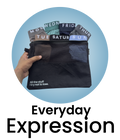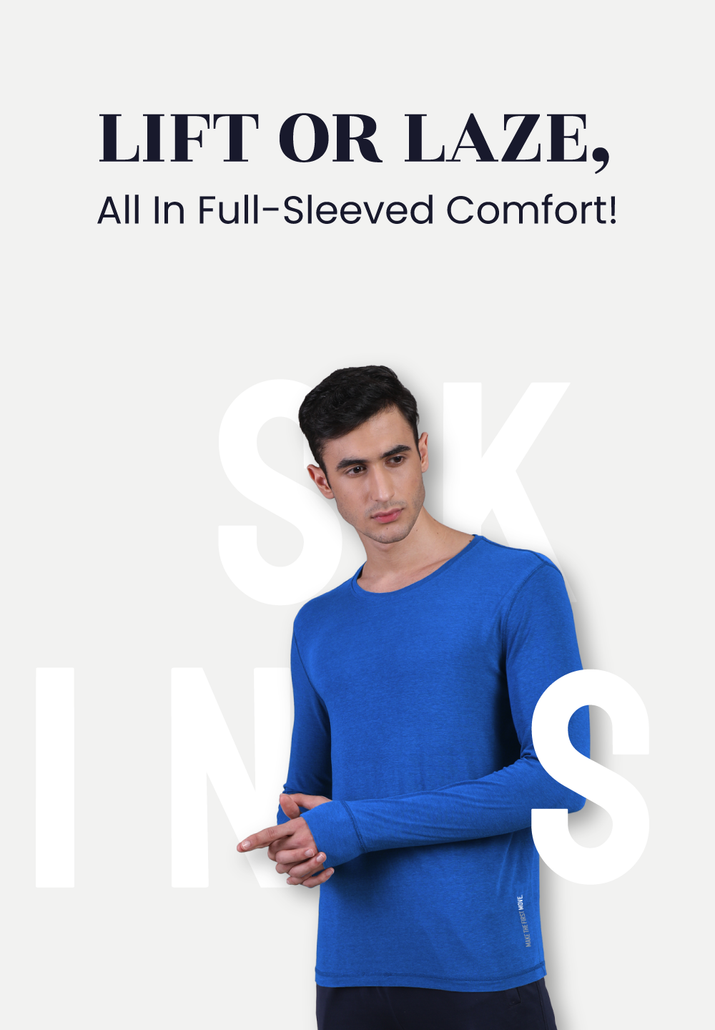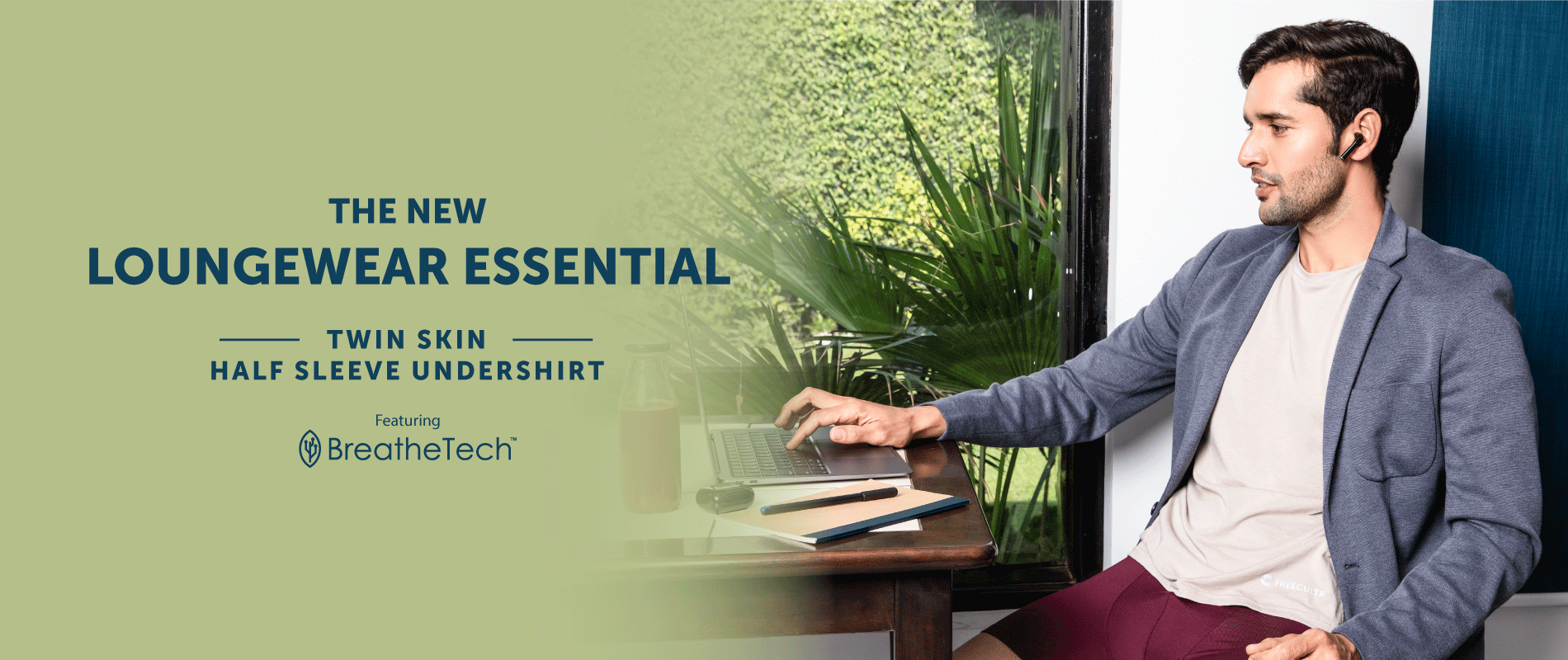Imagine athletic wear so responsive it feels like a natural extension of your body. The pursuit of second-skin performance is revolutionizing sportswear, driven by innovations in fabric technology and data-driven design. We're witnessing a shift from simple compression garments to intelligent apparel that optimizes thermoregulation and reduces muscle fatigue. This evolution leverages advances in biomechanics and material science, resulting in garments that enhance athletic capabilities. Explore the intricacies of textile engineering, assess the impact of advanced knitting techniques. Discover how embedded sensor technologies are paving the way for personalized athletic performance through real-time feedback.

Understanding Second-Skin Technology
Second-skin technology in apparel refers to garments designed to fit so closely and comfortably that they feel like a natural extension of the body. These garments are engineered using advanced materials and construction techniques to provide a snug yet flexible fit, minimizing distractions and maximizing performance. Key characteristics include:
- Form-fitting design: The garment closely contours to the body's shape.
- Breathable fabrics: Materials that allow moisture to escape, keeping the wearer dry and comfortable.
- Four-way stretch: Fabric that stretches in both width and length, providing unrestricted movement.
- Minimal seams: Reduced seams to prevent chafing and irritation.
The science behind this technology relies on understanding the body's biomechanics and physiological needs during activity. By carefully selecting materials and designing garments that optimize comfort and freedom of movement, second-skin apparel can enhance athletic performance and overall comfort.
Key Materials Used in Second-Skin Apparel
The performance of second-skin garments is largely determined by the materials used in their construction. Here are some of the most common and effective materials:
- Elastane (Spandex/Lycra): Known for its exceptional elasticity, elastane provides the stretch and recovery necessary for a close, supportive fit. Even a small percentage of elastane (e. G. , 10-20%) blended with other fibers can significantly improve the garment's stretch and fit.
- Polyester: A synthetic fiber that is durable, moisture-wicking. Resistant to wrinkles. Polyester is often blended with elastane to create a fabric that is both comfortable and performance-oriented.
- Nylon: Another synthetic fiber known for its strength, durability. Abrasion resistance. Nylon also offers good moisture-wicking properties and a smooth feel against the skin.
- Merino Wool: A natural fiber prized for its softness, breathability. Temperature-regulating properties. Merino wool can keep you warm in cool conditions and cool in warm conditions, making it a versatile choice for second-skin apparel.
- Microfibers: These are ultra-fine synthetic fibers that create a soft, smooth fabric with excellent moisture-wicking properties. Microfibers are often used in high-performance apparel to provide a comfortable and dry feel.
The selection of the right material depends on the intended use of the garment. For example, a high-intensity workout garment might prioritize moisture-wicking polyester and elastane, while a base layer for cold-weather activities might incorporate merino wool for warmth and comfort.
Benefits of Wearing Second-Skin Apparel
Second-skin apparel offers a range of benefits that can enhance both athletic performance and everyday comfort:
- Improved Performance: The close fit of second-skin garments can improve athletic performance by reducing muscle vibration, which can lead to fatigue. The compression provided by some second-skin garments can also enhance blood flow and oxygen delivery to muscles.
- Enhanced Comfort: The breathable fabrics and minimal seams of second-skin apparel can prevent chafing and irritation, keeping you comfortable even during intense activity. The moisture-wicking properties of these garments also help to keep you dry and cool.
- Increased Range of Motion: The four-way stretch of second-skin fabrics allows for a full range of motion, without restricting movement. This is especially vital for activities that require flexibility and agility.
- Temperature Regulation: Some second-skin garments are designed to regulate body temperature, keeping you warm in cold conditions and cool in warm conditions. This can help you maintain optimal performance in a variety of environments.
- Reduced Muscle Soreness: Studies have shown that wearing compression garments after exercise can reduce muscle soreness and speed up recovery. The compression helps to flush out metabolic waste products and reduce inflammation.
Compression vs. Non-Compression Second-Skin
While all second-skin garments are designed to fit closely to the body, some also incorporate compression technology. It's vital to interpret the difference between compression and non-compression second-skin apparel to choose the right garment for your needs.
| Feature | Compression Second-Skin | Non-Compression Second-Skin |
|---|---|---|
| Fit | Snug, supportive fit that applies pressure to the muscles. | Close-fitting but not restrictive; allows for a full range of motion. |
| Benefits | Improved blood flow, reduced muscle vibration, enhanced recovery. Potentially improved performance. | Enhanced comfort, increased range of motion. Temperature regulation. |
| Ideal For | High-intensity workouts, endurance activities. Post-exercise recovery. | Everyday wear, low-impact activities. Layering under other garments. |
| Feel | May feel tighter and more restrictive than non-compression garments. | Feels like a second skin, with minimal restriction. |
Compression garments are often used by athletes to improve performance and reduce muscle soreness, while non-compression second-skin garments are a comfortable and versatile option for everyday wear and low-impact activities.
Real-World Applications and Use Cases
Second-skin apparel has found applications in a wide range of fields, from sports and fitness to medicine and military:
- Athletics: Athletes in a variety of sports, including running, cycling, swimming. Weightlifting, use second-skin garments to improve performance and reduce muscle fatigue.
- Fitness: Fitness enthusiasts wear second-skin apparel for workouts, yoga. Other activities to enhance comfort and range of motion.
- Medical: Compression garments are used in medicine to treat conditions such as lymphedema, venous insufficiency. Deep vein thrombosis. They are also used to promote healing after surgery.
- Military: Soldiers wear second-skin base layers to regulate body temperature and wick away moisture in extreme conditions. Some military garments also incorporate compression technology to improve performance and reduce muscle fatigue.
- Everyday Wear: Second-skin apparel is also becoming increasingly popular for everyday wear, as people seek out comfortable and versatile clothing options. For example, second-skin undershirts can be worn under dress shirts to provide a smooth, comfortable fit.
Care and Maintenance of Second-Skin Apparel
To ensure the longevity and performance of your second-skin garments, it's essential to follow proper care and maintenance guidelines:
- Wash in cold water: Hot water can damage the elastic fibers in second-skin fabrics, causing them to lose their shape and elasticity.
- Use a mild detergent: Harsh detergents can also damage the fabric. Choose a mild detergent that is designed for delicate fabrics.
- Avoid bleach: Bleach can weaken the fibers and cause discoloration.
- Tumble dry on low heat or hang to dry: High heat can damage the elastic fibers. If you tumble dry, use a low heat setting. Hanging to dry is the best option.
- Avoid ironing: Ironing can damage the fabric. If you must iron, use a low heat setting and iron on the reverse side of the garment.
- Wash with similar fabrics: Avoid washing second-skin apparel with rough fabrics, such as denim or towels, as this can cause pilling and damage.
By following these simple care tips, you can extend the life of your second-skin apparel and keep it performing at its best. Discover our range of comfortable and stylish men's hipster briefs for everyday wear.
Conclusion
The journey to unlocking peak performance with second-skin apparel doesn't end here; it's merely the beginning. We've explored the science, the benefits. The nuances of choosing the right garments. Moving forward, the key lies in experimentation and integration. Don't be afraid to test different fabrics and fits during various activities, from intense workouts to long travel days. Pay close attention to how your body responds – are you feeling cooler, drier. More comfortable? Remember, the goal is seamless integration, where your clothing enhances, rather than hinders, your performance. As the activewear market continues to innovate, look for advancements in sustainable materials and smart textiles that further blur the line between clothing and a second skin. Embrace the evolution. You'll discover a new level of comfort and capability.
FAQs
Okay, so what exactly are Skins and what's this 'second-skin feel' all about?
, Skins are performance-enhancing compression garments. That 'second-skin feel' is because they're designed to fit really snug. This snug fit is key – it supports your muscles, improves circulation. Helps reduce muscle vibration, which can lead to fatigue. Think of it like a gentle, constant hug for your body while you're active.
How do Skins actually boost my performance? Sounds kinda like marketing fluff...
It's not just fluff, I promise! The compression helps improve blood flow, delivering more oxygen to your muscles. This means you can potentially work harder and for longer. Plus, the reduced muscle vibration I mentioned earlier can minimize muscle soreness and speed up recovery. So, think of it as a performance edge, not a magic bullet.
Are Skins just for super serious athletes, or can anyone wear them?
Definitely not just for pros! Anyone can benefit from wearing Skins. Whether you're hitting the gym, going for a run, playing team sports, or even just doing some intense yard work, they can help with performance and recovery. It's really about supporting your body during activity.
What's the deal with sizing? How do I make sure I get the right fit?
Sizing is crucial for Skins to work properly. Too loose. You won't get the compression benefits. Too tight. You'll be uncomfortable. The best bet is to check the manufacturer's sizing chart and measure yourself accurately. Pay attention to height and weight, as these are usually key factors. When in doubt, go up a size rather than down.
Can I wear Skins all day, every day? Or is that overkill?
Wearing them for extended periods during and after exercise is beneficial for recovery. But, wearing them 24/7 might be overkill. Your body needs time to breathe and recover naturally. Plus, constant compression could potentially lead to skin irritation for some people. Listen to your body!
How do I wash and care for my Skins to make them last?
Treat your Skins with care! Generally, you should machine wash them in cold water on a gentle cycle. Avoid using bleach or fabric softeners, as these can damage the fabric and affect the compression. Tumble dry on low or, even better, hang them to dry. This will help them maintain their shape and elasticity for longer.
I've heard different materials are used. What's the difference and which one is best?
You're right, there are different materials! Most Skins are made from a blend of synthetic fabrics like nylon and elastane (spandex). Some might incorporate other materials for specific features like moisture-wicking or UV protection. The 'best' material really depends on your needs and the activity you're doing. Consider factors like breathability, compression level. Durability when making your choice.






